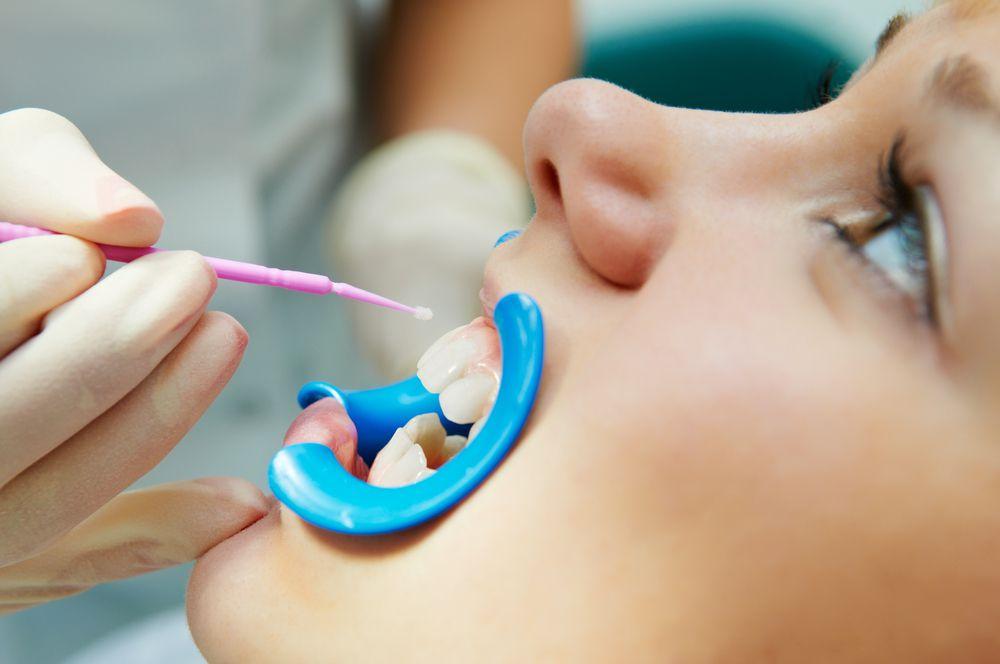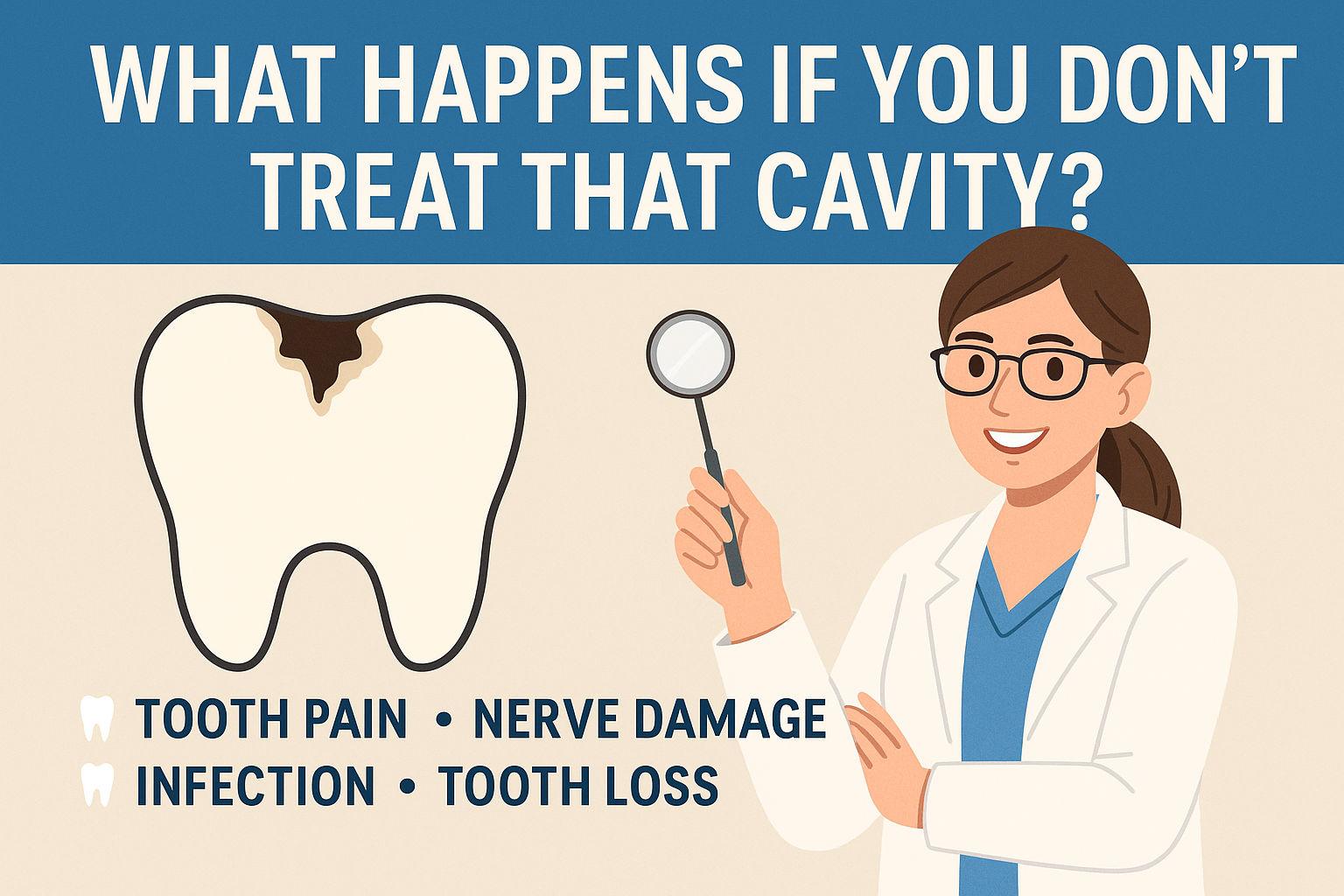Pediatric dental treatment plays a crucial role in ensuring the oral health and well-being of children. From routine check-ups to specialized procedures, dental treatment for kids encompasses a wide range of services aimed at addressing common dental issues and promoting healthy smiles. In this comprehensive guide, we’ll explore the importance of pediatric dental treatment, the different types of treatments available, and how parents can ensure their child receives the best possible care.
Why Pediatric Dental Treatment Matters
Dental problems can arise at any age, but they can be particularly challenging for children. Untreated dental issues can lead to pain, discomfort, and even affect a child’s ability to eat, speak, and concentrate in school. Pediatric dental treatment is essential for addressing these issues early on and preventing them from causing further harm to your child’s oral health.
Regular dental check-ups are an integral part of pediatric dental treatment. During these visits, the dentist will assess your child’s oral health, identify any potential issues, and recommend appropriate treatment options. These check-ups also provide an opportunity for parents to ask questions, address concerns, and learn about proper oral hygiene practices for their child.
Types of Pediatric Dental Treatment
Pediatric dental treatment encompasses a wide range of services tailored to meet the unique needs of children. Some common types of treatment include:
- Dental Cleanings and Exams: Regular cleanings and exams are essential for maintaining good oral health and preventing dental problems. During these visits, the dentist will remove plaque and tartar buildup, check for signs of cavities and gum disease, and provide guidance on proper oral hygiene habits.
- Fluoride Treatments: Fluoride is a mineral that helps strengthen tooth enamel and prevent tooth decay. Fluoride treatments are often recommended for children to protect their teeth from cavities and promote overall oral health.
- Dental Sealants: Dental sealants are thin, protective coatings applied to the chewing surfaces of the back teeth to prevent decay. Sealants act as a barrier, preventing food particles and bacteria from getting trapped in the deep grooves and crevices of the teeth.
- Fillings: If your child has a cavity, the dentist may recommend a filling to restore the tooth’s structure and prevent further decay. Fillings can be made from various materials, including composite resin, amalgam, and porcelain.
- Orthodontic Treatment: Orthodontic treatment may be recommended for children with misaligned teeth or bite issues. Common orthodontic treatments for children include braces, expanders, and retainers.
- Dental Emergencies: In the event of a dental emergency, such as a knocked-out tooth or a severe toothache, prompt treatment is essential. Pediatric dentists are trained to handle dental emergencies and provide immediate care to relieve pain and prevent further damage to the teeth and gums.
Tips for Ensuring Your Child Receives Quality Dental Treatment
To ensure your child receives the best possible dental treatment, consider the following tips:
- Choose a Pediatric Dentist: Look for a dentist who specializes in pediatric dentistry and has experience working with children. A pediatric dentist will have the skills and expertise to provide gentle, compassionate care tailored to your child’s needs.
- Establish a Dental Home: Establishing a “dental home” for your child ensures they receive consistent, comprehensive dental care from an early age. Choose a dental practice that your child feels comfortable visiting regularly.
- Prioritize Preventative Care: Prevention is key when it comes to maintaining good oral health. Encourage your child to brush and floss regularly, limit sugary snacks and drinks, and schedule regular dental check-ups to prevent dental problems before they occur.
- Communicate with Your Child’s Dentist: Don’t hesitate to communicate with your child’s dentist about any concerns or questions you may have. Your child’s dentist is there to help and can provide valuable guidance on how to keep your child’s smile healthy and bright.
Conclusion
Pediatric dental treatment is essential for ensuring the oral health and well-being of children. By prioritizing regular dental check-ups, preventative care, and prompt treatment for dental issues, parents can help their children maintain healthy smiles for life. If you have any questions or concerns about your child’s dental treatment, don’t hesitate to reach out to your child’s dentist for guidance and support. With the right care and attention, you can set your child up for a lifetime of good oral health and beautiful smiles.









